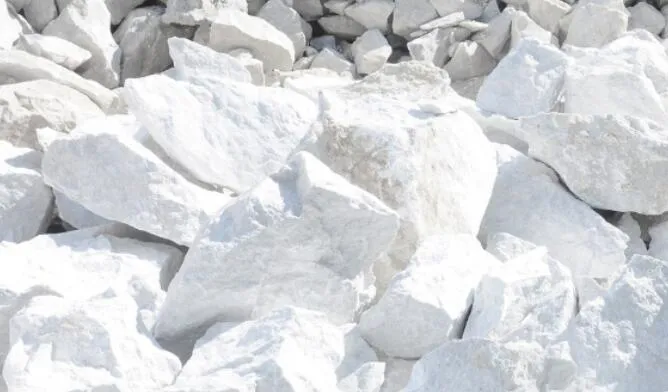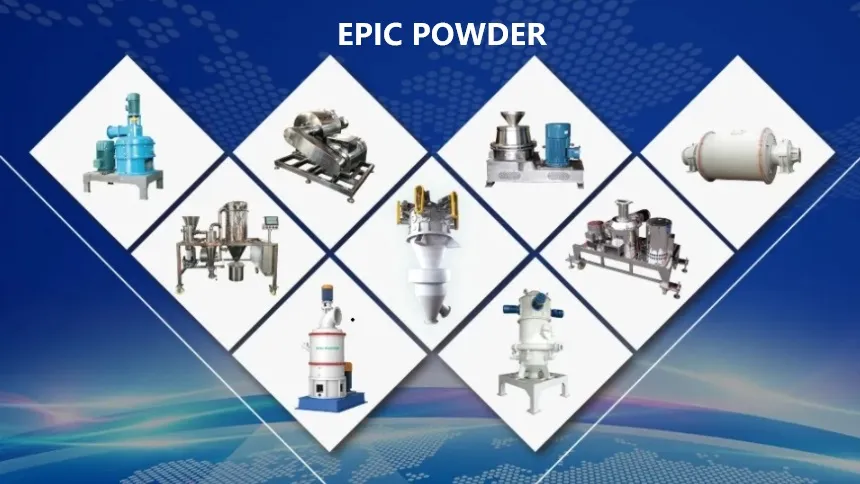As an important natural mineral, limestone is widely used in many industries such as building materials, chemicals, and steel. To better meet the needs of different industries, limestone processing technology has been continuously improved. Ball mill classifier system is a key technique in limestone processing. This technology is widely used due to its excellent fineness control ability and high efficiency.
This article will explore the characteristics of limestone. It will also examine its application in the ball mill classifier system as well as the advantages and challenges.
Characteristics and Classification of Limestone

Limestone is a sedimentary rock mainly composed of calcium carbonate (CaCO₃). It has high chemical stability and physical strength. Limestone varies in type, including white, gray, and impure varieties. It is widely used in cement, building materials, steelmaking, lime production, and agriculture as a soil conditioner.
In construction, limestone is a core raw material for cement production. During cement production, limestone is mixed with clay and heated to high temperatures, then ground into cement.
Limestone can also be processed into powder, added to concrete to improve workability. It enhances flowability, crack resistance, and durability, reducing cost, widely used in high-rise buildings and large hydraulic projects.
In metallurgy, limestone is a key flux. During ironmaking, it reacts with impurities like silica in iron ore to form slag. This removes impurities, improving iron purity and smelting efficiency, which is critical for steel quality.
The chemical industry is also inseparable from limestone. It is a key raw material for the manufacture of various chemical products such as soda ash, bleaching powder, and calcium salts. In soda ash production, limestone is calcined to form lime, then reacted with other materials to produce soda ash. Soda ash is widely used in glass manufacturing, textile dyeing, and food processing.
Exploring the Secrets of Ball Mill Classifier

The ball mill classifier system is a processing technology that uses ball milling equipment to crush mineral raw materials into fine particles and screen out the required particle size through a classification device. Ball milling is to grind the ore into fine particles through the impact and friction between the steel balls in the ball mill and the material. Ball milling equipment includes wet and dry ball mills, which are selected according to different production requirements. In the ball mill classification process, airflow classification, screening or hydraulic classification are usually used to sort the particle size of the ground material.
In the processing of limestone, ball milling and classification technology can accurately control the fineness and uniformity of limestone powder. The fineness requirement usually depends on the final use of limestone. For example, in cement production, the fineness requirement of limestone powder is higher, while in lime production, a coarser particle size can meet the demand. By adjusting parameters such as milling time, media type, and milling speed, the limestone powder can reach the required particle size.
Ball milling and classification can also effectively reduce waste and unqualified products generated during limestone processing and ensure stable product quality. A fine classification process improves the recovery rate of fine limestone powder and reduces production costs.
Limestone-a powerful assistant in many industries
Building Materials:The production process of cement is complicated, and limestone occupies a pivotal position in it.
Chemical Industry:
In the plastics industry, limestone powder is added to plastic products in large quantities as a high-quality filler.
In the rubber industry, limestone powder also plays an important role. It can be used as a reinforcing filler for rubber to improve the performance of rubber products.
The papermaking industry also relies on limestone powder. Limestone powder is mainly used as a filler and coating pigment in the papermaking process. In paper production, finely milled and graded limestone powder is added to the pulp. It can increase the opacity and brightness of the paper, making it whiter and smoother.
Environmental Pioneer:In the field of environmental protection, the products after limestone ball milling and classification can be called “green guards” and play a key role in desulfurization, sewage treatment and other aspects.
Conclusion

As an important mineral raw material, limestone is widely used in many industries. Ball milling and classification technology has become one of the core technologies in limestone processing due to its efficient fineness control ability and energy-saving advantages. With the continuous advancement of technology, EPIC ball mill classifier system plays a huge role in improving the quality of limestone products, reducing costs, and reducing environmental pollution, promoting the development and innovation of the mineral processing industry.
EPIC contact details
